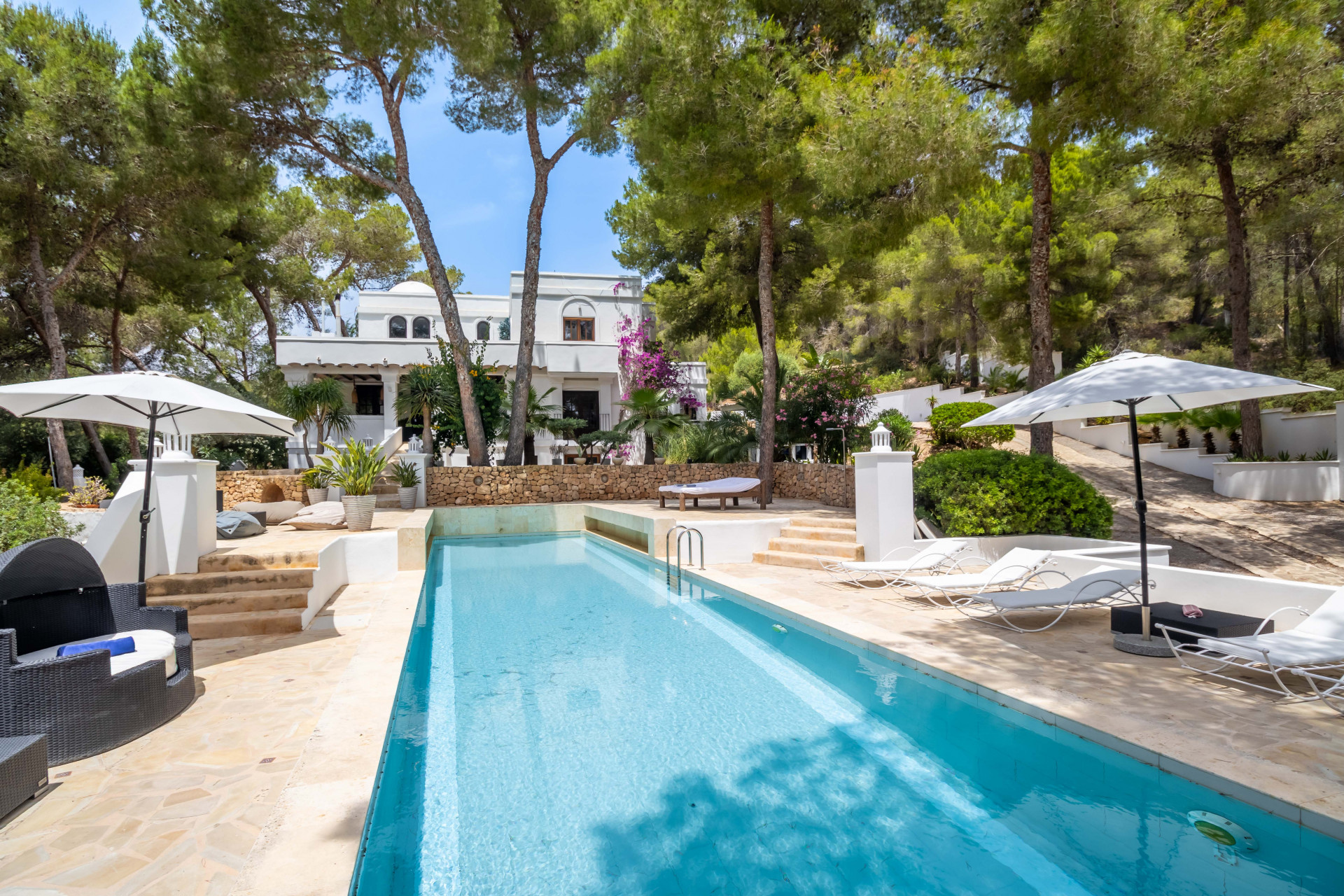Have you ever wondered about the peculiar design of traditional Ibicencan houses, with their tiny and irregular shaped windows that taper inward? Surprisingly, there’s a fascinating and practical reason behind this architectural quirk. In times past, when the people of Ibiza were constructing their homes, they had to be mindful of the constant threat of pirates and looters who frequented the island during that era. Fortunately, in the modern age, we no longer contend with such pirate incursions. Consequently, many of these houses have been thoughtfully renovated, now containing expansive panoramic windows that cater to today’s more luxurious living standards.
Beloved Ibiza, a jewel of the Mediterranean, is known not only for its vibrant nightlife but also for its rich cultural heritage. Let’s dive into the island’s architecture, in particular, which is a testament to its history and traditions. Stepping away from the bustling clubs and sandy beaches, you’ll find a world of enchanting simplicity in traditional Ibicencan architecture.
A Glimpse into the past
The traditional Ibicencan houses, known as “casa payesa,” hold a timeless charm that transports you back to a simpler way of life. These homes have stood for centuries, preserving the island’s heritage while also serving as a living testament to the practicality of their design.
The “Casa Payesa” has a unique and enduring architectural tradition that revolves around a central space, referred to as the ‘porxo.’ This central hub serves as the heart of the farmhouse, providing access to all the other rooms. In the past, as families expanded and their needs evolved, outbuildings were added to accommodate these changes. This ingenious form of construction, often described as “architecture without architects” by architect Josep Lluís Ser, has been passed down through generations, guided by the collective wisdom of the community.
Simplicity and functionality
Traditional Ibicencan architecture is defined by its simplicity and functionality. These houses are typically low-rise and compact, with thick walls to provide insulation and keep the interiors cool during the scorching summer months. The roofs are often flat and designed to collect rainwater in cisterns, which was a vital source of freshwater in the arid climate.
Whitewashed walls
A quintessential feature of traditional Ibicencan houses is the pristine whitewashed walls. This not only adds to the aesthetic appeal but also serves a practical purpose. The bright, reflective surfaces help to bounce off the sun’s rays, keeping the interiors cool and comfortable.
Preservation and modernisation
While many of these traditional homes still exist today, they have not remained stagnant in time. Some have been thoughtfully renovated to meet modern needs. One significant transformation is the replacement of the small, defensive windows with large, panoramic ones. Today, these homes effortlessly blend the charm of the past with contemporary comfort, offering a unique living experience.
Exploring traditional Ibicencan architecture
In conclusion, traditional Ibicencan architecture is not just about aesthetics, it’s a testament to the island’s history, adaptability, and the resourcefulness of its people. In the midst of Ibiza’s modernity, these architectural gems continue to stand proudly, offering a glimpse into a simpler yet resilient way of life. If you ever find yourself longing to be the proud owner of one of these typical Ibicencan houses we offer a wide selection of stunning homes waiting for you, do not hesitate to reach out to us! And we’ll make your dreams come true!
